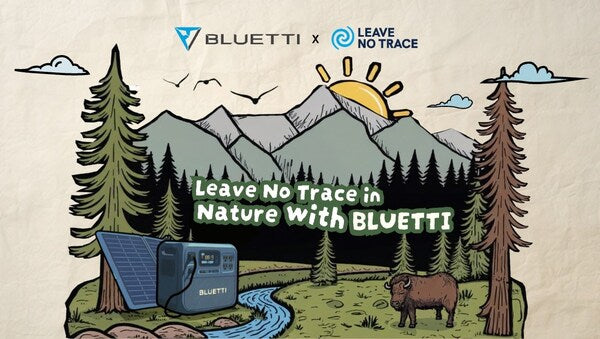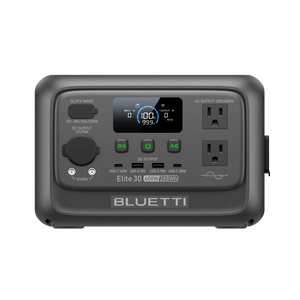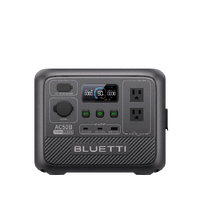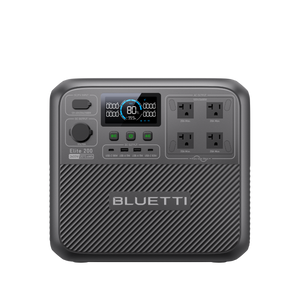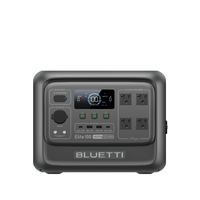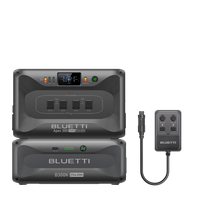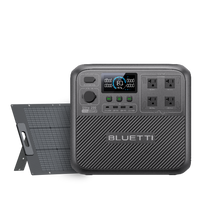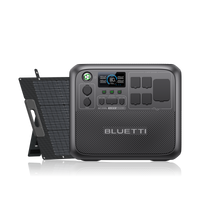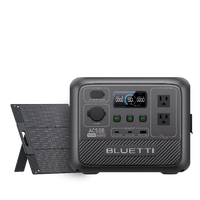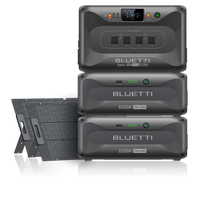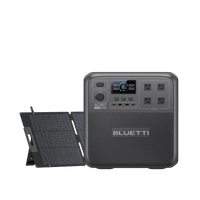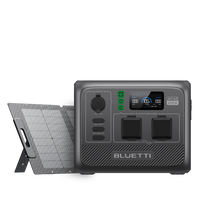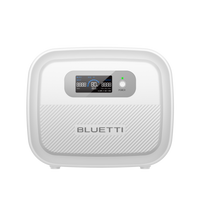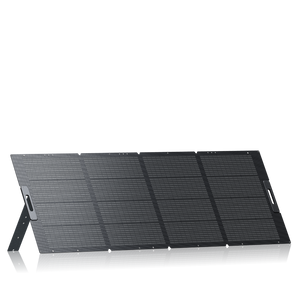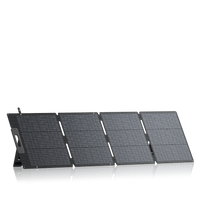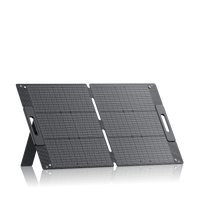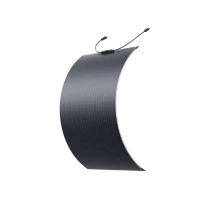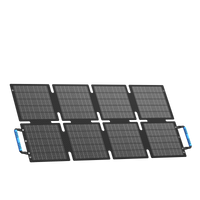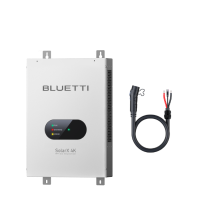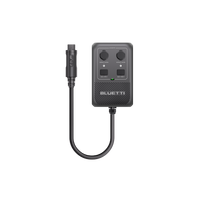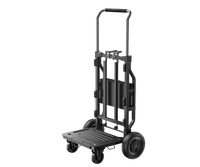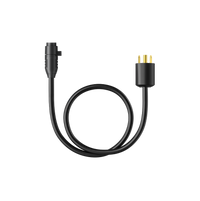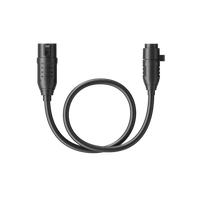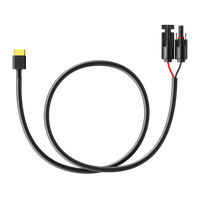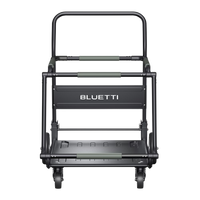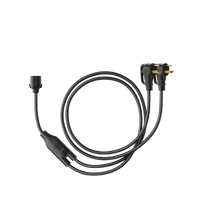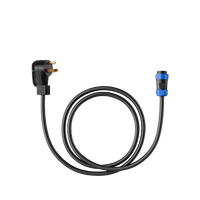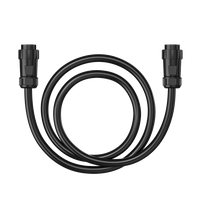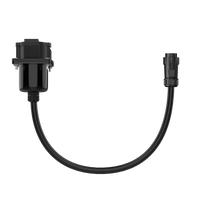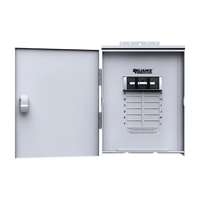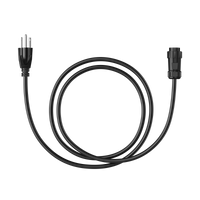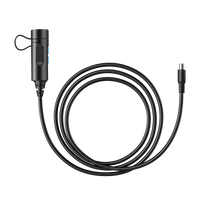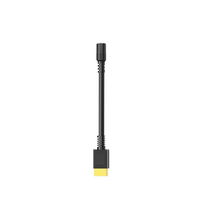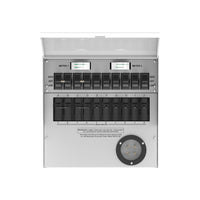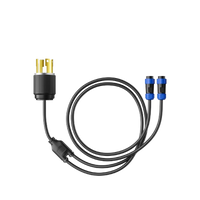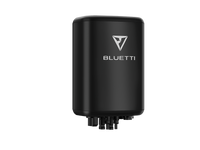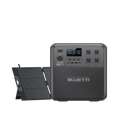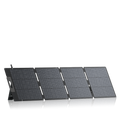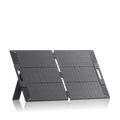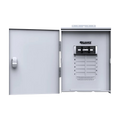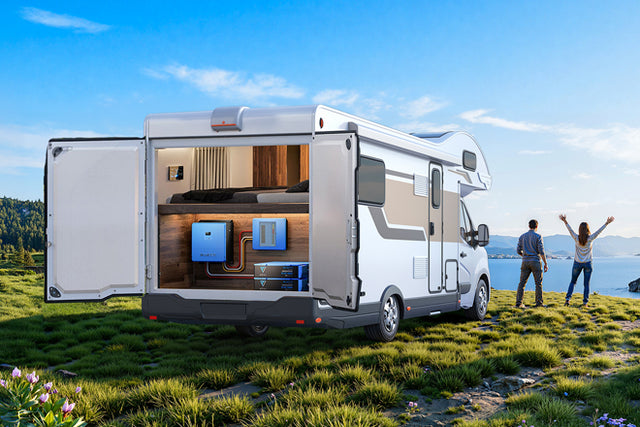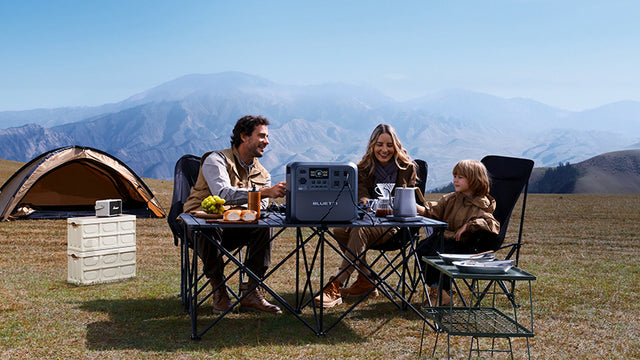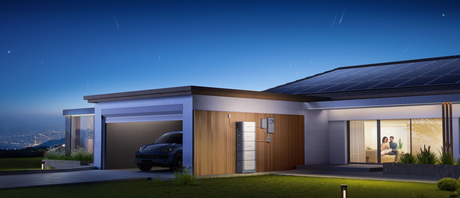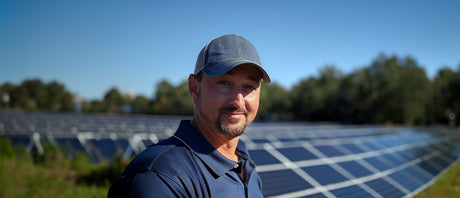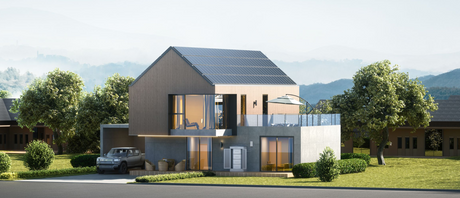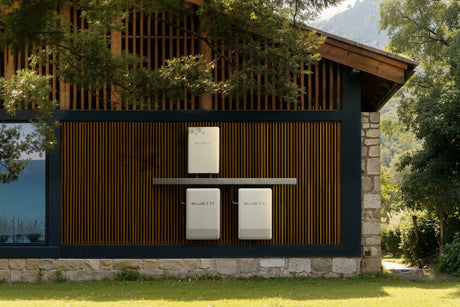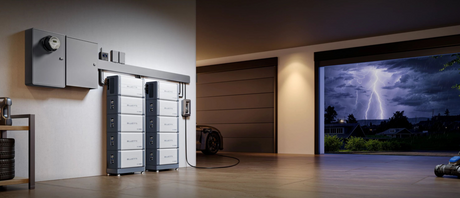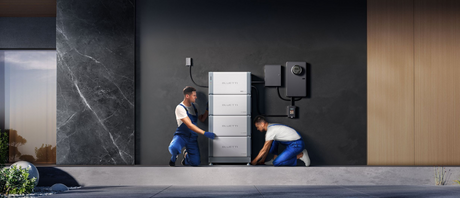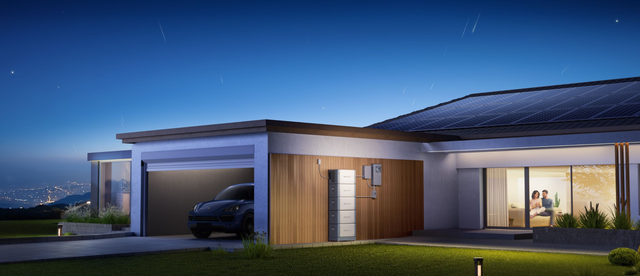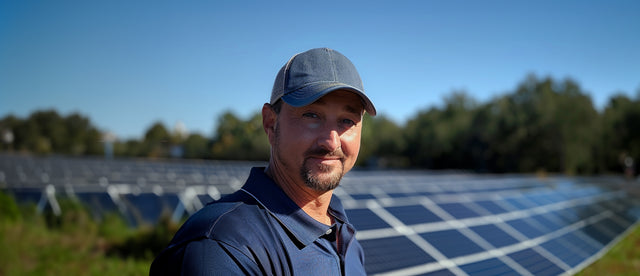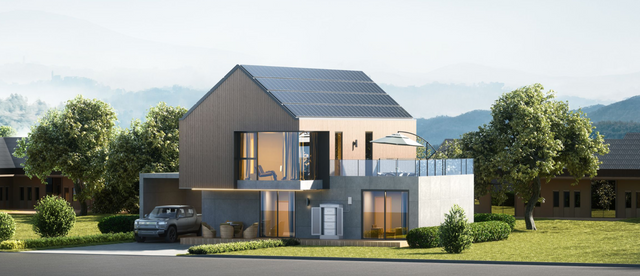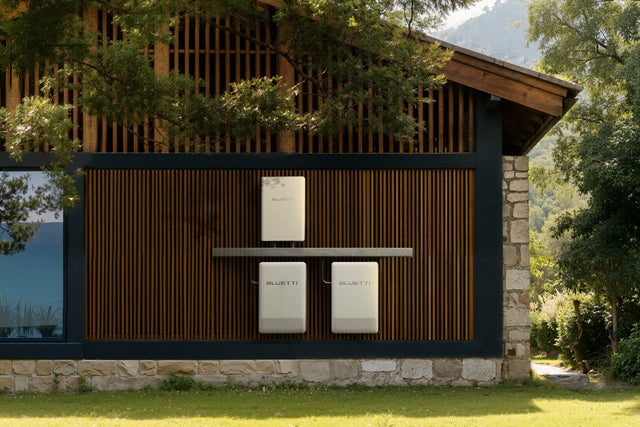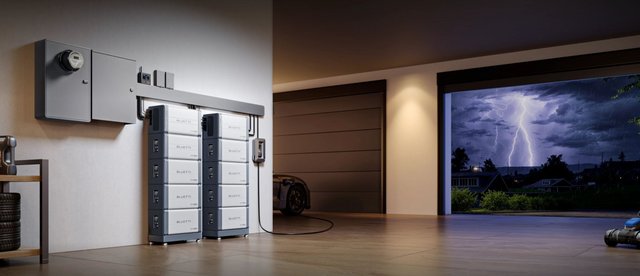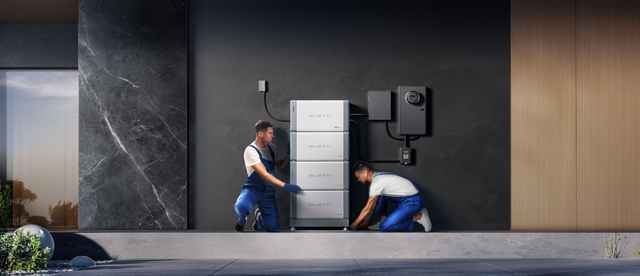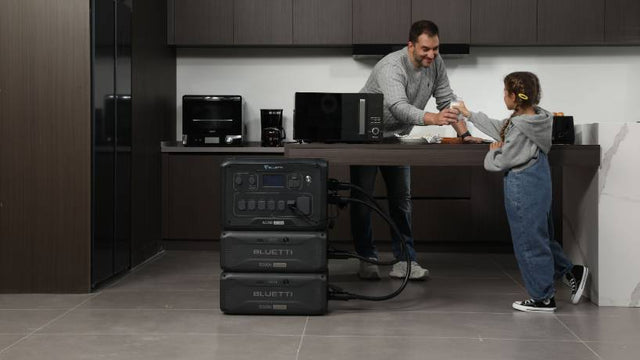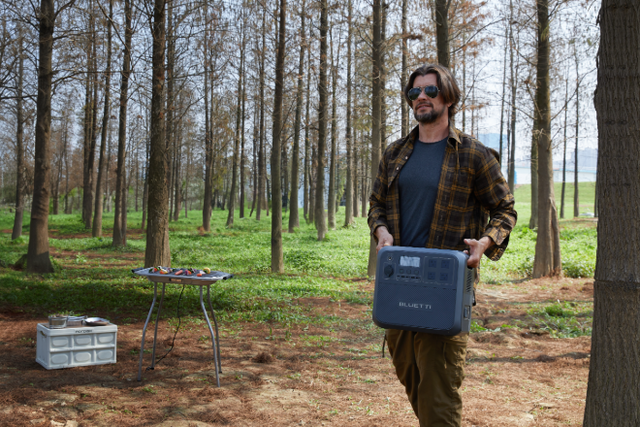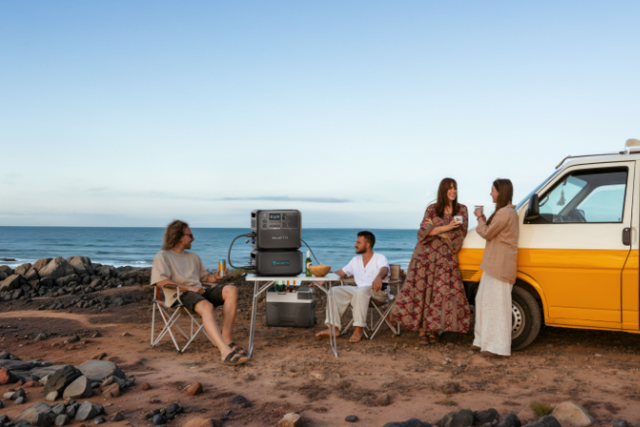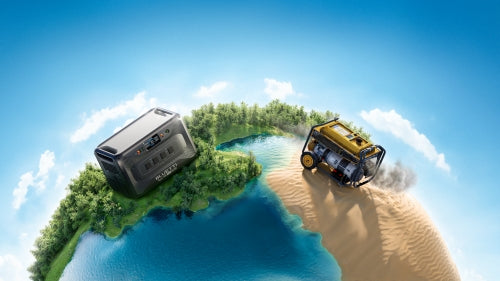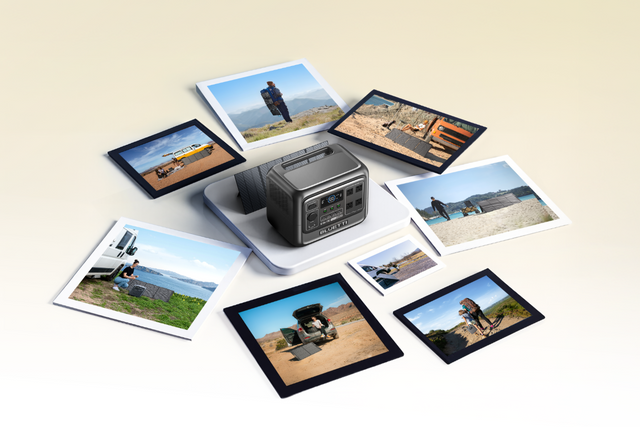Your cart is empty
Shop our productsKettles have been a staple in households for centuries, providing a convenient way to heat water for tea, coffee, and cooking.
The modern electric kettle, however, gained popularity in the mid-20th century, revolutionizing the way we boil water.
In this article, we'll explore the factors contributing to the energy consumption of kettles, understand why they consume significant amounts of energy, and discover smart ways to reduce their energy usage.
By implementing energy-saving practices, we can enjoy the comforts of a hot beverage while minimizing our environmental impact and promoting sustainability.
How Much Energy Does a Kettle Consume?
The energy consumption of an average household kettle varies and depends on its wattage, usage patterns, and efficiency.
However, a typical electric kettle in households consumes 1,500 watts of power when it is in use.
To calculate the energy consumption, you can multiply the wattage of the kettle by the time it takes to boil water.
For example, if your kettle has a power rating of 1,500 watts and it takes approximately 3 minutes to boil water, the energy consumption can be calculated as follows:
Energy Consumption = Power (in kilowatts) × Time (in hours) = 1.5 kW × (3 minutes / 60 minutes per hour) = 0.075 kilowatt-hours (kWh)
Therefore, boiling a kettle for 5 minutes would consume approximately 0.125 kWh of energy. Energy consumption increases with higher-wattage kettles or when boiling larger water volumes. Here's the breakdown:
|
Kettle Power Rating (Watts) |
Average Boiling Time (1L Water) |
Energy Used per Boil (kWh) |
|
1500W (1.5 kW) |
~5 minutes |
0.125 kWh |
|
2000W (2.0 kW) |
~4 minutes |
0.133 kWh |
|
2200W (2.2 kW) |
~3.5 minutes |
0.128 kWh |
|
2500W (2.5 kW) |
~3 minutes |
0.125 kWh |
|
3000W (3.0 kW) |
~2.5 minutes |
0.125 kWh |
Why Does a Kettle Consume So Much Energy?

The high energy consumption of a kettle can be attributed to two main factors: the heating element and the process of converting electrical energy into heat.
Let's take a closer look at why kettles generally consume a lot of energy to heat your water:
Heating Element
Kettles are equipped with a heating element at the base, responsible for heating the water.
This component is designed to quickly reach high temperatures, which requires a substantial amount of power.
A higher wattage heating element allows the kettle to heat water faster, but it also results in increased energy consumption.
Rapid Boiling
Kettles are designed for rapid boiling, quickly bringing water to its boiling point. Rapid boiling requires significant energy to heat water quickly.
The faster the kettle can heat the water, the more energy it will consume.
Inefficient Heat Transfer
Converting electrical energy into heat is not entirely efficient. Some energy is lost during the transfer process and may dissipate into the surroundings rather than directly heating the water.
While kettles are designed to minimize heat loss, some inefficiencies still exist, leading to higher overall energy consumption.
Standby Power
Even when not actively boiling water, certain electric kettles consume a small amount of power in standby mode. Standby power typically ranges from 0.5 to 2 W, adding 0.01–0.04 kWh daily if left plugged in.
This standby power ensures that the kettle remains ready to boil water quickly when needed.
Although the standby power is relatively low, it can contribute to the kettle's overall energy consumption.
How To Lower Kettle Energy Consumption?
Here are some smart ways to reduce the energy consumption of your kettle:
1. Choose an energy-efficient kettle
Look for kettles with energy-saving features, such as variable temperature settings or automatic shut-off. Energy-efficient models are designed to optimize heat transfer and minimize energy waste.
2. Boil only the required amount of water
Avoid completely filling the kettle with more water than you actually need. Boiling excess water unnecessarily consumes more energy. Measure the amount of water required and fill the kettle accordingly.
3. Use the correct kettle size
If you frequently boil small amounts of water, consider using a smaller-sized kettle. Smaller kettles generally require less energy to heat up compared to larger ones.
4. Match the kettle to your cooktop
Ensure the size of your kettle matches the size of the burner or heating element on your cooktop. Using a kettle that is too large for the burner wastes energy as heat escapes around the sides.
5. Descale your kettle
Regularly descale your kettle to remove mineral buildup, as it can affect the efficiency of the heating element. A clean kettle heats up faster and uses less energy.
6. Consider alternative heating methods
If you're looking for even more energy savings, consider alternative heating methods like electric induction kettles or stovetop kettles. These options can be more energy-efficient compared to traditional electric kettles.
7. Be mindful of standby power
Unplug your kettle when not in use to prevent any standby power consumption. Some kettles continue to draw a small amount of power even when they're not actively boiling water.
How Can Solar Generators Help?

Solar generators can help reduce energy consumption from a kettle.
Direct Power Supply: By connecting the kettle to a solar generator, you can utilize the generated solar energy to power the kettle. This allows you to tap into renewable energy instead of relying on the electrical grid, reducing the overall energy consumption associated with using the kettle.
However, when doing this, make sure the power rating of your solar generator matches that of your kettle.
Kettles have a high power rating, so you'll need larger solar generators like the Elite 200 V2 or AC200L to power your kettle.
BLUETTI Elite 200 V2 Portable Power Station

If you're considering powering your kettle with solar energy, a high-capacity solar generator like the BLUETTI Elite 200 V2 is a reliable choice. With a 2,600W output (peaking at 5,200W) and Power Lifting Mode that supports up to 3,900W loads. It easily handles high-demand appliances such as kettles, coffee machines, and even heaters. It's fast charging and robust battery technology ensure you always have dependable off-grid power.
Unlike general portable power stations, the Elite 200 V2 is built with LiFePO₄ battery cells, delivering over 6,000 cycles and up to 17 years of lifespan. It also offers pass-through charging, UPS functionality, and app control for added convenience. Whether you're camping, living in an RV, or preparing for emergencies, this generator gives you the confidence to run everyday essentials like a kettle without worrying about grid power.
BLUETTI AC200L Portable Power Station

The BLUETTI AC200L is a versatile portable power station designed for users who need reliable power for both home and outdoor use. With a 2,400W output (4,800W surge), it can run nearly all household appliances, including kettles, coffee makers, and even heavy-duty devices. Thanks to its expandable capacity of up to 7,577.6Wh, you can easily scale it for long-term off-grid living, RV trips, or extended emergency backup.
Built with LiFePO₄ battery technology offering over 3,000 cycles, the AC200L ensures long-lasting performance and safety. It supports ultra-fast charging (AC in 1.5 hours, solar in ~2.5 hours). It features pass-through charging, UPS protection, and RV-ready ports (NEMA TT-30) for seamless connectivity. Whether you're camping, working remotely, or preparing for power outages, the AC200L delivers stable, efficient energy that adapts to your lifestyle.
Final Thoughts
Kettles are known for their relatively high energy consumption due to factors such as the heating element, rapid boiling, inefficient heat transfer, and standby power.
However, there are smart strategies to mitigate their energy usage.
By choosing an energy-efficient kettle, boiling only the necessary amount of water, using the correct kettle size, descaling regularly, considering alternative heating methods, and being mindful of standby power, it is possible to reduce the energy consumption associated with kettles.
Additionally, exploring the use of solar generators as a renewable energy source can further contribute to energy savings and promote sustainability.
FAQs
Does a higher-wattage kettle use more electricity?
Not necessarily. A higher-wattage kettle boils water faster, but the total energy used to heat the same amount of water is about the same as a lower-wattage kettle.
What affects a kettle's energy consumption the most?
The biggest factor is the amount of water you boil. Heating more water takes more energy, regardless of the kettle's wattage.
Is it more efficient to use a kettle than a stove or microwave?
Yes. Electric kettles are usually more efficient because they transfer heat directly to the water, while stoves and microwaves lose more heat in the process.
Shop products from this article
You May Also Like
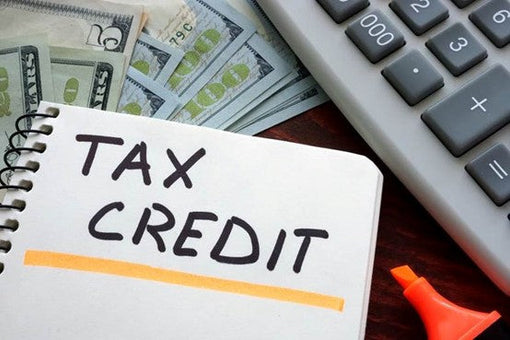
What Does a 30% Federal Solar Tax Credit Mean and How to Apply?
Governments around the world are offering programs that encourage homeowners to switch to solar energy. Among the most notable programs is the 30% Federal Solar Tax Credit. It reduces your...
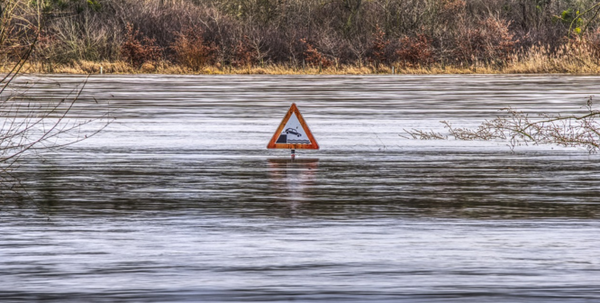
Deadly Flooding Devastates U.S. South and Midwest — What You Need to Know
